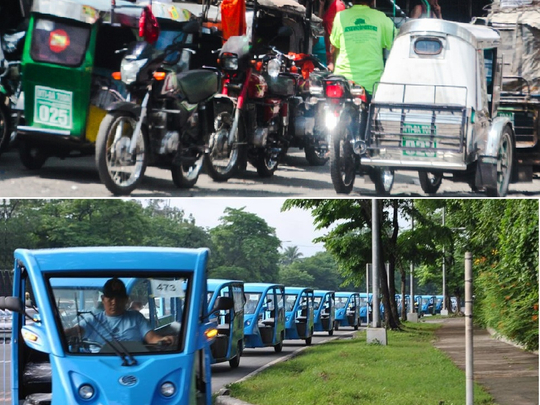
Highlights
- There are an estimated 4.5 million tricycles on Philippine roads
- Diesel-powered jeepneys dominate public transportation
- New legislation proposes requiring petrol pumps to install EV chargers too
- Cost of lithium-ion batteries dropping 20% a year
Dubai: The Philippines has one "tricycle" (local version of "Tuk-tuks") for every 20 inhabitants.
In addition, the country has 1.5 million public transport "jeepneys" — relics of the Second World War — considered a cultural icon in the Asian nation of 105 million people.
Both are guzzlers and major air polluters.
The diesel jeepneys are mostly powered by "chop-chop" (reconditioned) engines from Japan, blamed for lung-busting smog. If the jeepney is king of the "last mile" in the Philippines today, the tricycle is the undisputed queen.
Now, both are about to face a makeover.
4.5 m
number of petrol-powered tricycles in the PhilippinesCurrently, there are an 4.5 million registered tricycles in the Philippines, with more than 2 million new motorbikes, the main engine of tricycles, registered in the first 10 months of 2018 alone.
But e-trikes and e-jeepneys are quietly rolling out in the South-east Asian country, thanks to a convergence of factors.
The Philippines is poised to join the EV drive, possibly unleashing a "disruption from below", even as Tesla, Rivian, European and Chinese brands unleash a "disruption from above" — with high-end battery-powered electric vehicles.
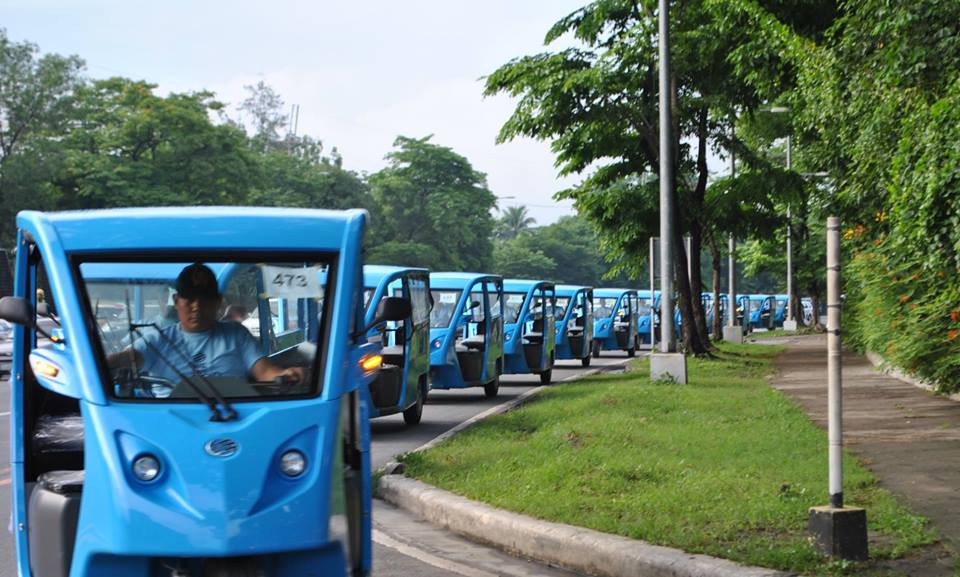
Economics
The switch to renewable transport is down to economics, eventually.
There are other factors: The ongoing battery price war, advances in power storage technology, as well as legislation proposed recently requiring petrol pumps in the Philippines to double up as charging stations.
An Asian Development Bank (ADB) study shows that it costs about 2.75 Philippine pesos per km to operate an electric jeepney, compared to 4. 50 pesos per km for a diesel one.
$3, 300
potential savings in operating e-jeepneys over 100,000km (EV powertrains last 800,000 km)Leaving maintainance and fleet savings aside, an e-jeepney could potentially save 175,000 pesos (about $3,300) per 100,000 km (EV powertrains last up to 800,000 kms), on fuel alone, says ADB.
Fuel, cost of ownership savings
The same study shows a rechargeable hybrid vehicle costs 1.40 pesos per km — while a similar vehicle running on petrol costs 2.30 pesos per km to operate — a net savings of 95,000 pesos (about $1,706) for the first 100,000 km.
The big brands are currently out of the Philippines' e-trike and e-jeepney drive.
Instead, new venture capital is going into manufacturing, financed by the likes of Japan's tech conglomerate SoftBank, the ADB as well as the Land Bank of the Philippines (LBP).
The government has also stepped in: President Duterte's "build-build-build" drive and modernising public transport are cornerstones of his watch — he has announced the eventual phasheout of fossil jeepneys, despite the customary protests from drivers' groups.
And in some resorts like Boracay or in Intramuros, the old part of Manila, e-trikes have now become new road fixtures.
Local action
Local administrators have joined the bandwagon, too. In June last year, four cities in Manila saw the roll-out of 3,000 e-trikes, in a scheme spearheaded by the Philippines' Department of Energy (DOE).
EV costs remain high, but some local e-jeepney manufacturers have changed their thinking on how to make money.
One company is giving away e-jeepneys to fleet operators for free, in exchange for advertising rights. Star8 Green Tech Corp., an Australian renewable energy company, has given away an initial 1,300 units of e-jeepneys in the Philippines.
How this scheme eventually pays off remains unknown. But besides lower cost of ownership in the long term, EVs have a clear immediate upside: Compared to traditional jeepneys and trikes, they offer a much better rider experience.
Star8 e-jeepneys made in the Philippines, for example, are fitted with solar panels, fans/ACs, USB charging ports and LED screens (for the ads).
The company has set its eyes on others in Asean, and has branched out to Africa and Latin America, too.
Now, Star8 has factories in Cambodia and China. It also has operations in Argentina, Bangladesh, Brazil, Ghana, India, Indonesia, Jordan, Mexico and Nigeria.
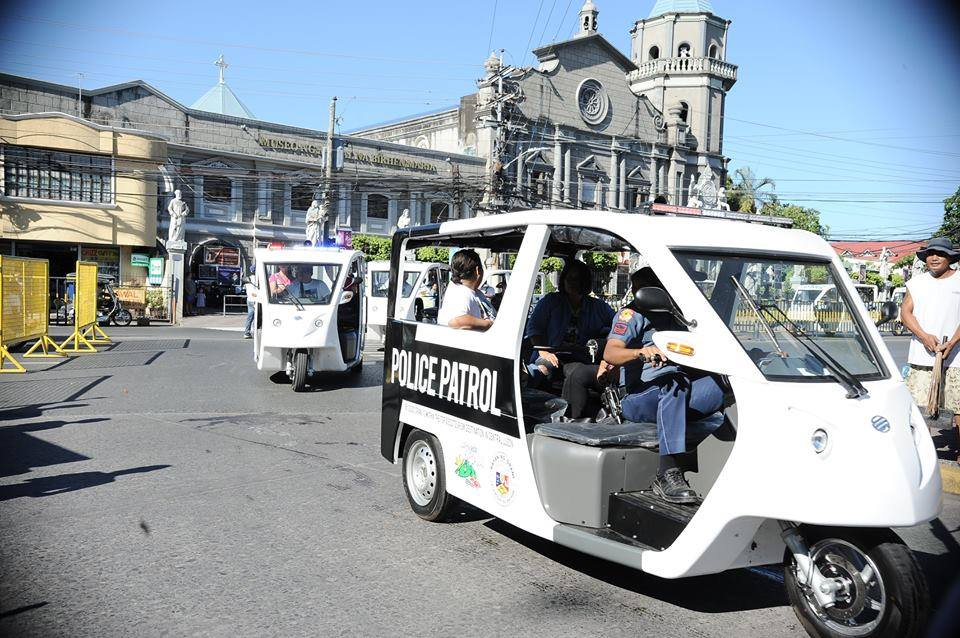
For EVs to become a "game-changer", however, cost must go down. And charging stations must be everywhere.
Public charging network
While cost and charging are big hurdles, market forces and legislation could offer a tipping point.
The Philippine tricycles, powered two-stroke engines, are the vehicle of the masses: it costs less than 100,000 pesos (about $2,000).
Currently, a Bemac e-trike powered by Li-ion batteries (the ones now in use in Quezon City and Boracay resort) costs 470,000 pesos (about $9,000) — still more than four times the price of India's cheapest car, the Nano or the two-stroke-engine-powered trikes widely used in the Philippines (about $2,000).
But this gap could be bridged sooner or later: some Chinese companies now sell electric cars like the Baojun (a General Motors-SAIC-Wuling joint venture) with a range of up to 160km for $5,000.
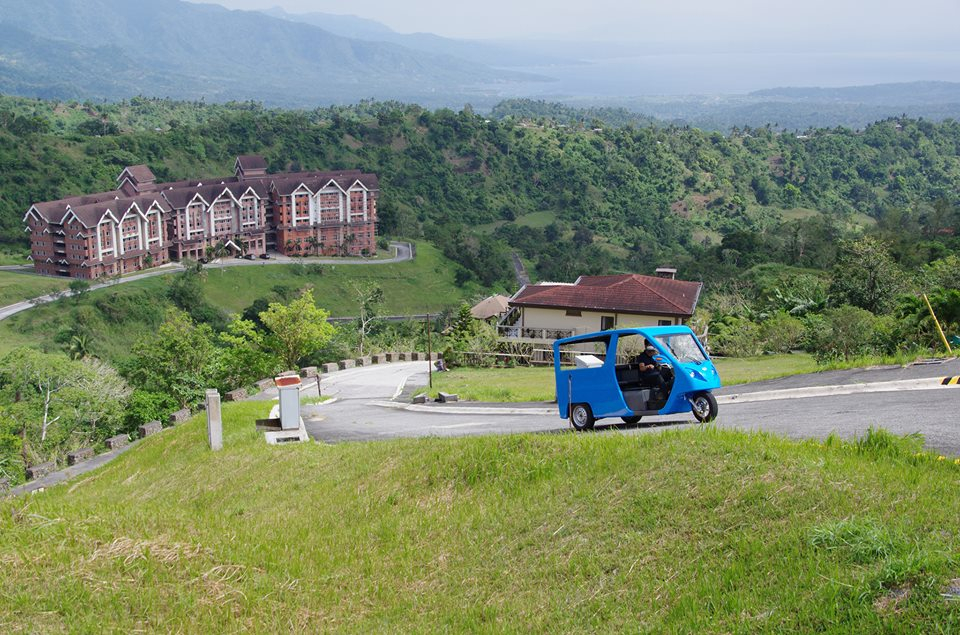
But with the price of lithium-ion battery packs dropping dramatically (from about $1,100 per kWh in 2012, to $350 in 2016 and $300/kWh this 2019), the gap may not be there for long.
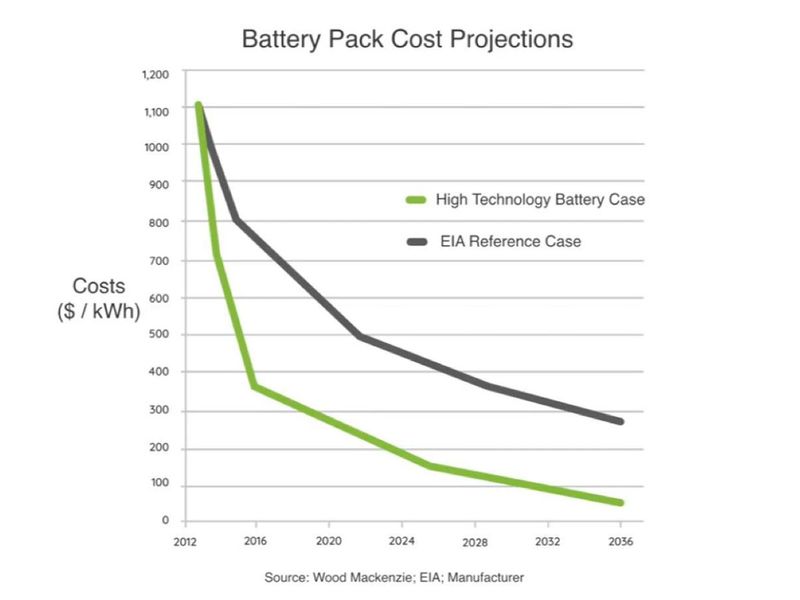
Alongside the price drop in solar panels, Li-ion battery packs are seen dropping further in price to $260/kWh by 2020 before it hits about $100/kWh by 2030.
275 ,000
diesel-powered jeepneys registered in the PhilippinesBesides the Chinese, the Japanese and Indians are not far behind. Due to the lower entry barriers in making e-trikes, several local companies have entered the fray. In this e-trike race, there will be winners and losers.
The local EV industry is moving on its own. In the e-trike/e-jeepney race, competition is ruthless, which leads manufacturers to introduce innovative ways to survive.
In some Visayan islands, a locally manufactured e-trike brand, known as Pecolo, started a battery-swapping scheme. An e-trike running low on juice simply pulls over to a battery exchange centre, switches batteries within a few minutes, and off it rolls again.
EV chargers at petrol stations
One booster for electric transport is a proposed legislation mandating petrol stations to provide charging ports for EVs too. The bill, known as Senate Bill 2137, was authored by Senator Win Gatchalian in December, and tabled for discussion this January.
The draft bill, titled “An act providing the national energy policy and regulatory framework for the use of electric and hybrid vehicles, and establishment of electric charging stations,” seeks "open access" to charging stations at petrol pumps.
KEY FIGURES
- 55. 3% of the Philippines' energy needs are sourced locally (hydro-electric, geothermal energy)
- 44.7% of country energy is imported
- transport accounts for 37.2% of the Philippines' total energy consumption
- 98% of the Philippines' fuel supply is imported
In the bill's explanatory note, it states that fossil-based transport sector releases around 23.5 million metric tons of carbon dioxide into the atmosphere, a rate expected to spike to 48.8 million metric tons by 2030, citing an ADB study in 2017.
Challenges
The Senate Bill 2137 seeks to address key challenges to the country's EV industry.
- It mandates the Phillippines’ Department of Energy to create an EV roadmap. Then, it also mandates power distribution utilities to incorporate a charging infrastructure development plan.
- It requires private and public buildings and establiments to have dedicated parking slots with the charging stations.
- Mandates an open access for the installation of charging stations at petrol pumps.
- Expands incentives for EVs, such as exemption from number coding and prioritisation in vehicle registration.
- Sets fiscal incentives for manufacturers and importers of electric vehicles.
Drop in the bucket
Currently, e-trikes are a drop in the bucket of motorcycle registrations, through they're not strictly single motorcycles.
From January to October 2018, a whopping 1,886,515 motorcycle units were registered in the Philippines, according Land Transportation Office data.
Honda, the motorcycle market leader, has grabbed 25.8% share; followed by Yamaha, with 22.58%; and Rusi, with 14.83%.
Bemac, e-trike maker, accounted only for 1,783 units, but all of them are e-trikes.
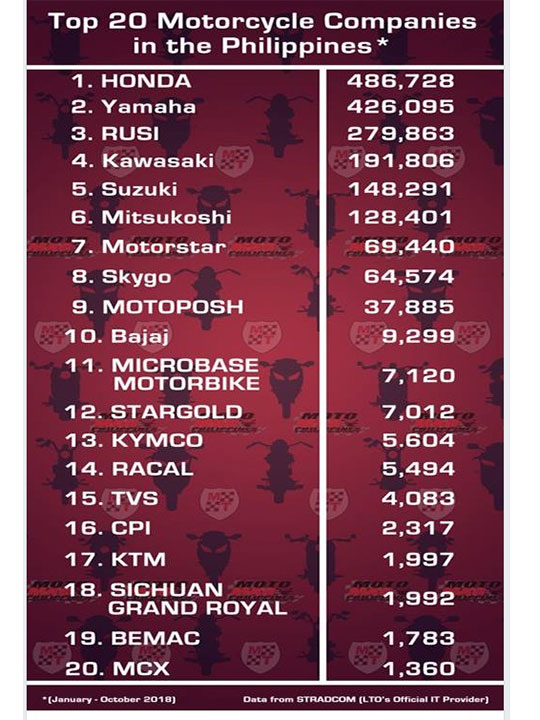
Implications
Numerous public hearings will be conducted before the Senate bill comes out the legislative mill. But if approved, this could help the country leapfrog the EV sweep around the world.
Moreover, it could help encourage local development and manufacturing, by harnessing the country's rich deposit of key components such as copper, cobalt and nickel.
The Philippines, a highly mineralised country, is one of the world's top suppliers of the three minerals key to the mass manufacture of the next-generation Tuk-tuks and jeepneys.
Moreover, it could help encourage local development and manufacturing of EVs, by harnessing its rich deposit of key components such as copper, cobalt and nickel.
The Philippines, a highly mineralised country, is one of the world's top suppliers of these three minerals key to the mass manufacture of battery electric vehicles.
Interview with John A. Marasigan, Bemac Philippines
1. When did you start e-trike manufacturing? 2015
2. How many models do you offer? We have two models: 68VM and 69VM
3. Total sales since start. 3,579 units as of October 2018
4. Charging time (220V at home plug): 4 hours
5. Battery type and capacity (kWh): Lithium-ion Battery, total voltage: 55.2V, Battery capacity 4.4 kwh
6. Range on full charge: 60 km (20km/h constant)
7. Typical customers/buyers: Resort, Subdivisions, Local government units, Schools
8. Financing offers for individuals + for OFWs + Local government units? AEON Financing
9. How many manufacturers of e-trikes in the Philippines (if you have this info)? I think now we have 3or 4 manufacturers
10. What is the future of e-trikes, considering high cost compared to traditional tricycles? There's a big potential for e-trikes. The industry needs government support.


